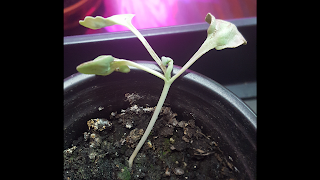I love orchestra, but I also like having Saturdays free. Yesterday was the 4th Annual Toronto Bach Walk celebrating Johann Sebastian Bach's 333rd Birthday and because I had the day off, I was able to go!
We went to a series of churches and listened as people performed Bach compositions.
Church of the Redeemer at 1pm
Trinity College Chapel at 2pm
St. Thomas' Anglican Church at 3pm
The program is designed so you can easily walk from one church to the next.
It's cool being able to get up and switch locations in the middle of a performance!
~~~~~
At Church of the Redeemer, Daniel Norman played:
Prelude and Fugue in B minor, BWV 544
Passacaglia and Fugue in C minor, BWV 582
~~~~~
At Trinity College Chapel, John Tuttle played:
Prelude and Fugue in E minor (The "Wedge") BWV 548
and John Tuttle was joined by The Rev'd Andrea Budgey on Recorder for:
Sonata in F major, BWV 1035
Adagio ma non tanto
Allegro
Siciliano
Allegro assai
~~~~~
At St. Thomas' Anglican Church Elizabeth Anderson played:
Chorale Prelude: ' An Wasserflussen Babylon' BQV 653b (a 2 Clav. e Pedale doppio)
Chorale Prelude: 'Herr Gott, nun schleuss den Himmel auf', BWV 617
Chorale Prelude: 'Liebster Jesu', BWV 731
Prelude and Fugue in C minor, BWV 546
Dad came along with me for this event even though he isn't the biggest fan of Bach. I was able to bribe him with the Birthday cake they have at the end.
I just love the music, the performances and the churches!
Thanks so much for the wonderful music!
I just love the music, the performances and the churches!
Thanks so much for the wonderful music!




























